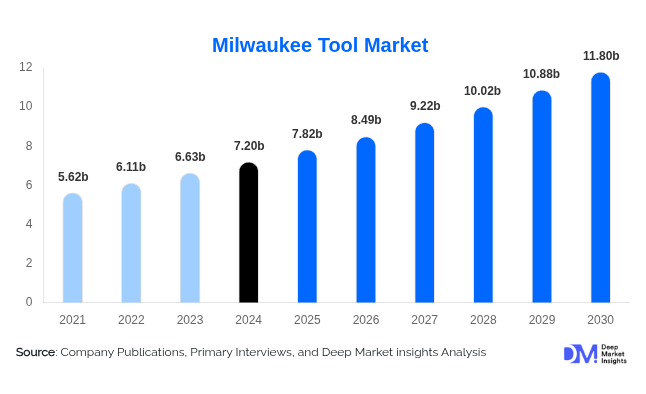Recycling of Solar Panels Gains Global Traction
As the global push for renewable energy continues, the solar panel recycling market has emerged as a critical component in the sustainability value chain. With solar panels having an average lifespan of 25 to 30 years, a significant volume of panels installed in the early 2000s are reaching end-of-life. This development has opened up opportunities for recycling technologies and services to handle the mounting waste and recover valuable materials such as silicon, silver, and aluminum.
Market Dynamics
The solar panel recycling market is experiencing accelerated growth, driven primarily by environmental regulations, the growing demand for circular economy practices, and the economic value of recovered materials. As solar adoption increases worldwide, so does the volume of photovoltaic (PV) modules nearing decommissioning, estimated to generate over 8 million metric tons of waste annually by 2030. This figure could reach 78 million metric tons by 2050 if disposal methods do not evolve in parallel.
Increased awareness among governments and stakeholders about the environmental impact of discarded panels is fueling stringent policies. The European Union, for instance, has mandated the recycling of solar panels under the Waste Electrical and Electronic Equipment (WEEE) directive. Similarly, the U.S. and several Asia-Pacific countries are formulating frameworks to manage end-of-life PV modules. Such regulatory support is encouraging manufacturers and service providers to adopt innovative recycling processes that minimize environmental impact and maximize resource recovery.
Another major growth driver is the advancement in recycling technologies. Innovations such as thermal and chemical treatment methods are increasing the efficiency of material recovery. For example, newer techniques can now recover up to 95% of glass and 85% of semiconductor materials from used panels. These efficiency gains make recycling not only an environmentally sound option but also an economically viable one.
The market is also being shaped by partnerships between solar energy companies and waste management firms. These collaborations are focusing on building infrastructure for collection, transport, and recycling of solar panels on a large scale. The development of dedicated recycling facilities across regions is further propelling market expansion.
Competitive Landscape
The solar panel recycling market is moderately consolidated, with a mix of established recycling companies and emerging players specializing in photovoltaic waste management. Leading companies are pursuing aggressive strategies such as mergers, technological innovation, and regional expansion to strengthen their foothold.
Key players are investing in proprietary recycling technologies that offer higher recovery rates and lower environmental impact. These companies are also forming strategic alliances with solar panel manufacturers and utility-scale solar farms to create closed-loop supply chains. This approach not only ensures a steady supply of recyclable panels but also contributes to the sustainability goals of both parties.
For example, some European firms have pioneered closed-loop recycling systems where recovered materials are directly used to manufacture new solar panels. This vertical integration not only reduces dependency on raw material imports but also enhances profitability through cost savings.
Asia-Pacific, particularly China, is emerging as a dominant region in the solar panel recycling market due to its massive solar energy footprint and growing awareness about environmental impacts. China’s Ministry of Industry and Information Technology is reportedly considering new regulations that mandate recycling processes for decommissioned panels, which could reshape global supply chains.
North America is also witnessing a rise in initiatives focused on panel recycling. With several states planning to add extended producer responsibility (EPR) laws, manufacturers may soon be required to take accountability for their product's entire lifecycle, including disposal. This regulatory momentum, coupled with the U.S.'s increasing solar capacity, presents significant opportunities for market entrants and established players alike.
Future Outlook
Looking ahead, the solar panel recycling market is poised for long-term growth, underpinned by policy shifts, technological innovation, and increasing awareness about resource sustainability. As countries strive to meet net-zero emissions targets, recycling of solar panels will play a vital role in reducing carbon footprints and conserving critical raw materials.
There are challenges, however, including high initial costs for setting up recycling facilities, lack of standardized global regulations, and limited consumer awareness. Overcoming these barriers will require public-private partnerships, increased investment in R&D, and education campaigns to emphasize the importance of recycling.
Nevertheless, the trajectory is promising. As solar installations continue to scale globally, so will the opportunities to develop sustainable end-of-life management practices. Companies investing now in advanced recycling systems and infrastructure stand to gain a competitive advantage in a market that is still in its early growth phase but is central to the future of clean energy.
To learn more about trends and forecasts, visit Market Research Future.
More Trending Reports:
Instrument Transformer Equipment








